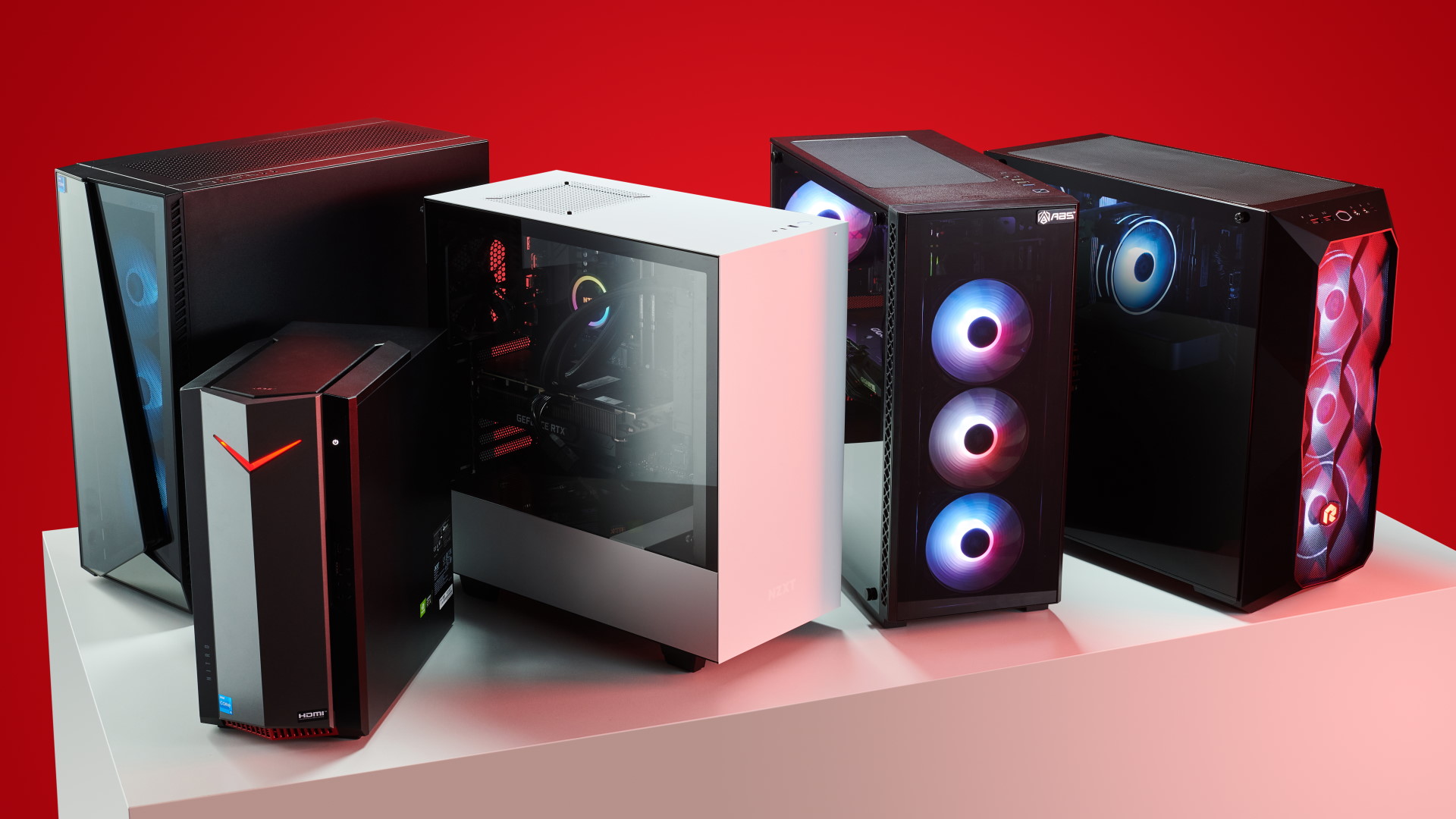Samsung does an Apple with its first Snapdragon X Elite laptop, suggesting the new Arm-based Windows machines aren't going to be a cheap alternative to x86
AMD and Intel can breathe easier for a little longer, it would seem.

When Qualcomm announced the Snapdragon X Elite, an Arm-based processor for Windows PCs, many thought that this could be the turning point for x86 chips, as the specs looked mighty powerful. That point might be somewhat far off in the future, though, as one of the first X Elite-equipped laptops from Samsung is priced well into Apple territory, for a medium-specced machine.
That's according to ComputerBase who report that dealer entries for the forthcoming Samsung Galaxy Book4 Edge point to a price tag of 1,800 euros ($1966/£1,534/AU$2,976) for a 14-inch, 16GB RAM, 512GB spec. If one hops over to the Apple Store and kits out the new M3-powered 13-inch Macbook Air with 16GB of RAM, you'll be faced with a charge of €1,759 or $1,499/£1,499/AU$2,399.
The comparison to the Macbook Air is appropriate because Apple's latest M3 processor is reasonably similar to the Snapdragon X Elite. Both utilised Arm licenses for the core architectures and early benchmarks for the Qualcomm chip showed that it performed quite a lot better than Apple's M2 chip.
I don't think anyone was expecting the X Elite to be as cheap as a low-end x86 processor from AMD or Intel, as it's a brand-new and major development for Qualcomm. It's also directly targeted at the Windows laptop sector and to stand out in the enormous crowd of models and variants on offer, it needs to not only perform as well as the competition, it also needs to appear better too.
As Apple has shown over the years, if you can market your product as being a high-end, luxury item and apply a price tag befitting that status, then the consumer will purchase it in droves, regardless of how good the competition is.
So what are Samsung and Qualcomm up against in the x86 laptop market? For gaming, you can get a really good laptop deal for $1,499 and walk away with a 17-inch machine sporting a Ryzen 9 7940HS, RTX 4070, 16GB of RAM, and 1TB of storage. Of course, it's not going to be as portable as a Macbook Air or presumably the Galaxy Book4 Edge, and I doubt the battery will last anywhere near as long.

Best gaming PC: The top pre-built machines.
Best gaming laptop: Great devices for mobile gaming.
But that's because they're designed for gaming, where you're almost certainly going to be using it plugged in. A more equivalent x86 lightweight laptop would be the Microsoft Surface 5. For the same price, you get a 13.5-inch screen, 12th Gen Intel Core i5, 16GB of RAM, 512GB of storage, and a pretty lousy gaming experience.
Keep up to date with the most important stories and the best deals, as picked by the PC Gamer team.
Some preliminary gaming benchmarks for the Snapdragon X Elite put it roughly into the same performance category as a handheld gaming PC. That's mightily encouraging but they don't usually cost $1,499 though.
So while it's good news that AMD and Intel are going to face a new competitor in the Windows laptop chip market, we're going to have a wait a while before we see vendors offering $1,000 models sporting an X Elite processor.

Nick, gaming, and computers all first met in 1981, with the love affair starting on a Sinclair ZX81 in kit form and a book on ZX Basic. He ended up becoming a physics and IT teacher, but by the late 1990s decided it was time to cut his teeth writing for a long defunct UK tech site. He went on to do the same at Madonion, helping to write the help files for 3DMark and PCMark. After a short stint working at Beyond3D.com, Nick joined Futuremark (MadOnion rebranded) full-time, as editor-in-chief for its gaming and hardware section, YouGamers. After the site shutdown, he became an engineering and computing lecturer for many years, but missed the writing bug. Cue four years at TechSpot.com and over 100 long articles on anything and everything. He freely admits to being far too obsessed with GPUs and open world grindy RPGs, but who isn't these days?

